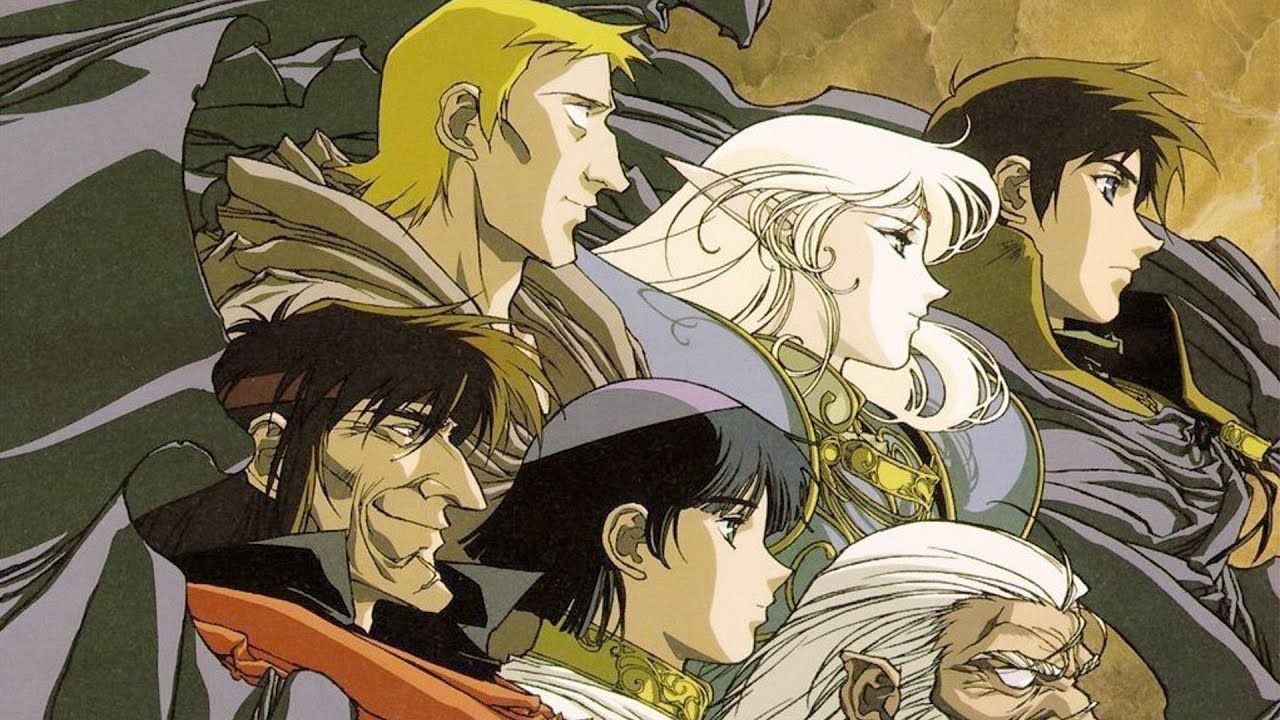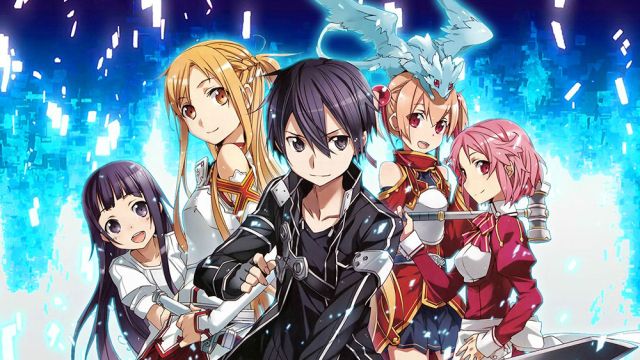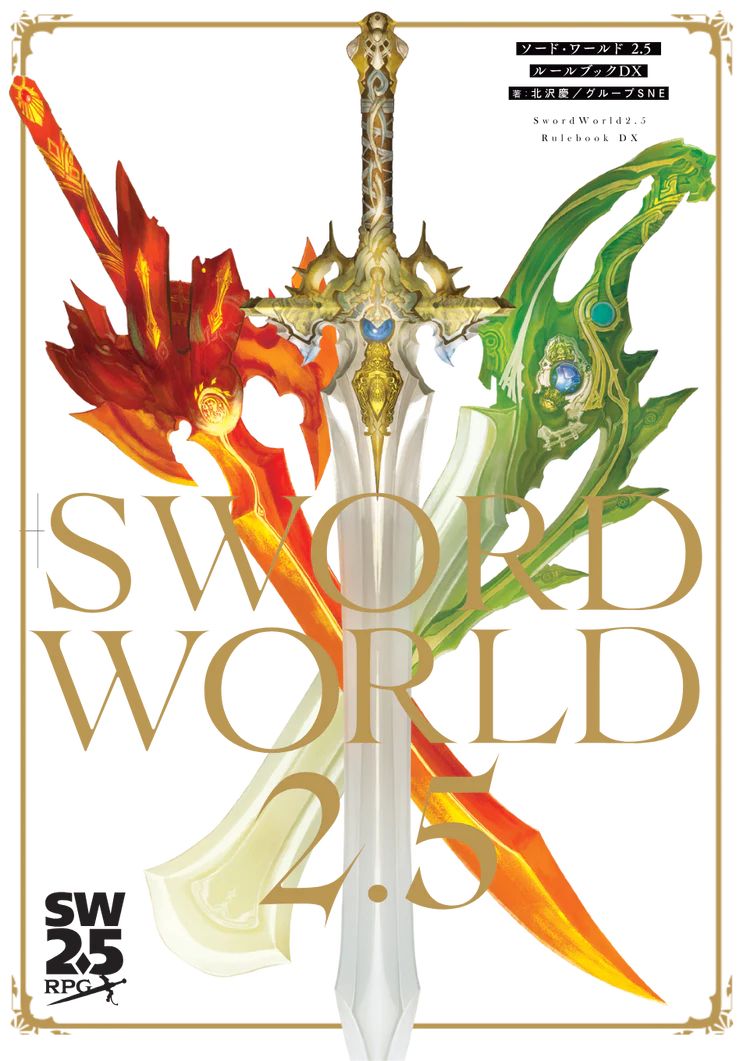
If I told you that one game beat Dungeons & Dragons so soundly that it made it almost irrelevant in an entire country, and also invented the phenomenon of “actual play” sessions that made Critical Role a thing, 30 years before Mercer and Co. launched their first stream, you’d probably call me crazy as Halaster Blackcloak. That is, unless you’ve already heard of Sword World RPG.
Whether or not you’re familiar with the Japanese role-playing game created by Group SNE, the good news is that there are plans to bring it to Western audiences soon. The English-language version of Dungeons & Dragons’ 5th Edition Player’s Handbook, released in 2014, has sold over 1.5 million copies in North America alone. The Japanese version, however, has sold fewer than 10,000 copies. You may think the reason is that Western-style RPGs are not popular in Japan, or perhaps D&D never became successful there, and you’d be wrong on both accounts.
In June 1985, Japanese publisher Shinwa Co., Ltd. released a Japanese translation of the Dungeons & Dragons Set 1: Basic Rules, known as the Red Box or Mentzer Basic Set. By 1991, the set had sold over 200,000 units in Japan, paralleling its incredible success worldwide. Nine years later, when the 3rd edition Player’s Handbook was released, it went on to sell fewer than 8,000 copies. Two editions (or four, if you count 3.5e and the 2024 books) later, D&D still has not recovered in Japan. What happened to “the world’s most popular role-playing game”?
Sword World RPG happened. But the game that is hopefully going to get an English localization soon, courtesy of Mugen Games, was only the landing point of a phenomenon that began with a group of friends playing D&D together and having the revolutionary idea of recording their sessions and then publishing them in a magazine. (It was 1986, kids. As strange as it sounds, magazines were as hot as streaming is today.) Group SNE, as they later became known, invented the format called TRPG Replay, publishing their tabletop exploit in Comptiq, a computer games magazine owned by media juggernaut Kadokawa, under the name D&D Magazine Live: Record of Lodoss War Replay. If this sounds familiar, it’s because you may have at some point encountered the Record of Lodoss War franchise, which includes novels, video games, music albums, audio dramas, manga, and four anime series.
It’s hard not to draw a parallel here with Critical Role‘s success story. A group of friends gets together to play D&D, share their experience with an audience, and they create a multimedia franchise in the process. And it doesn’t end there. Just like Critical Role launched its first TTRPG this year, Daggerheart, so did Group SNE create its own game, Sword World RPG. Only that the circumstances were a bit less pleasant.
While Critical Role and Dungeons & Dragons owner Wizards of the Coast maintain a prolific collaboration, Group SNE was backed into a corner by TSR, the company that published D&D at the time, which forbade actual play sessions to be compiled and sold in paperback version. D&D expert and journalist Masaki Yanagida reports, in this fantastic article, a comment made by Hitoshi Yasuda, the representative of Group SNE, who once said: “We made Record of Lodoss War because we wanted to promote D&D, but TSR did not allow us to make Record of Lodoss War a part of D&D [to promote and develop it].”
While it’s true that Critical Role played a fundamental part in D&D’s resurgence and mainstream popularity in recent years, Group SNE’s pioneering idea of TRPG Replay had, from a certain perspective, even bigger repercussions. When Record of Lodoss War made it into paperback, it was repackaged as an actual novel, pioneering another genre that will sound familiar to manga and anime fans: light novels. These are short novels written in a simple style and accompanied by manga-like illustrations. According to Forbes, the light novel market in Japan was worth 30.1 billion yen ($392 million) in 2016. More importantly, perhaps, light novels are commonly used as source material for anime, driving the explosive growth of that media. In 2024, Kadokawa (which owns popular light novel-based IPs like Sword Art Online and KonoSuba) sold 10% of its shares to Sony, forging a global media powerhouse focused on anime-related products. (For reference, Sony also owns anime distributor and streaming platform Crunchyroll.)
It would be hyperbole to say that it all started with a group of Japanese geeks playing D&D, but the success of Record of Loddos War cannot be understated. (For reference, the series of novels sold over 10 million copies and has been entered into the Tabletop Gaming Hall of Fame as the creator of the Replay genre.) Sword World RPG 2.5, the latest edition of the game released in 2018, sold over 400,000 copies by 2023, according to Kadokawa. The only real competitor seems to be Call of Cthulhu, which is also incredibly successful in Japan (and is also published by Kadokawa).
So, what’s Sword World’s secret? The historical circumstances behind its creation surely played a part. Imagine if, in March 2015, when Critical Role started streaming its first campaign, Wizards of the Coast said, “Sorry, that won’t fly for us,” forcing the group to play Pathfinder, or to make their own RPG 10 years before it actually happened. Would D&D still have experienced its surge of popularity in the last decade? Or would we all be talking about Daggerheart instead? It’s an interesting imaginary scenario, for sure. However, Sword World RPG also has its organic strengths. The original, classic-fantasy inspiration from Record of Lodoss War Replay has evolved into a unique hybrid product that blends Western and Japanese inspirations and tropes. Its core system, called 2d6 System, has been praised for being fast and intuitive, while the magic system shines with 7 different forms of magic, each using its own unique language to cast spells.
So, if you are a fan of TTRPGs, no matter if that includes D&D or not, you should keep an eye out for Sword World’s localization. Crowdfunding will begin in early 2026, but you can sign up here to get updates, previews, and even a free Sword World RPG one-shot adventure.



